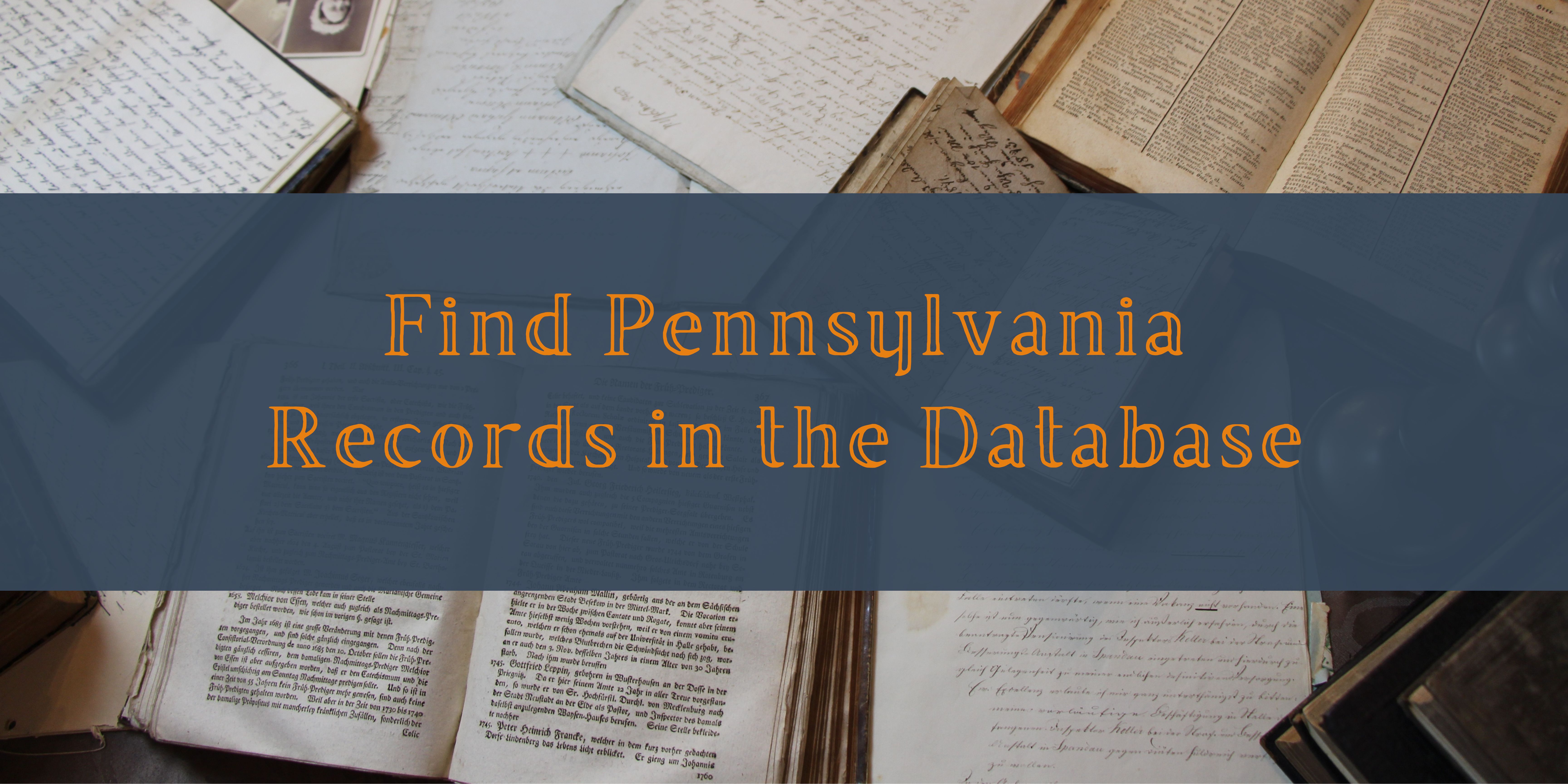The Pennsylvania Freedmen’s Relief Association
aka Pennsylvania Branch, American Freedmen’s Union Commission
The Pennsylvania Freedmen’s Relief Association (NFRA) was founded in 1862 by several prominent citizens, including railroad director Stephen Colwell and white abolitionist and Presbyterian minister J. Miller McKim. McKim had been an agent of the Pennsylvania Anti-Slavery Society. He had resigned from that organization due to the existential crisis facing abolitionists around the North as slavery died. McKim and others believed that the various abolitionist organizations should transform into aid societies for the material benefit of the newly freed. The leadership of the Pennsylvania Anti-Slavery Society disagreed, maintaining that abolitionists should continue their focus on influencing public opinion through speeches and publications, so that emancipation would be accepted as a moral good rather than a wartime expediency. Headquartered in Philadelphia, the NFRA cooperated closely with the Philadelphia Friends Freedmen’s Association, a Quaker organization. Like many freedmen’s aid societies, while the highest leadership of the organization was dominated by men, the rank-and-file operatives of the society included many women, and about three quarters of the teachers employed by the NFRA were female.[1]
In February 1862, with Union troops having liberated large numbers of slaves in the vicinity of Port Royal, South Carolina, the various new aid societies flocked to the area to assist and educate the freedpeople in what became known as the Port Royal Experiment. Under its earliest name (the Port Royal Relief Committee), the PFRA participated in this effort. Notably, they sent materials to build a schoolhouse on St. Helena Island that would become the Penn School, the very first school established specifically for the education of African Americans in a Confederate state, and supported its teacher.
In November 1863, having learned lessons at Port Royal about the limits of what was possible without adequate government assistance, representatives of several freedmen’s aid societies, including the PFRA, met at Cooper Union in New York City to draft a memorial to President Lincoln. They urged that a “bureau of emancipation” be started to assist the growing number of freed slaves in the South with the transition to a free labor system. Although the route of the resulting legislation through Congress was tortuous, these efforts eventually resulted in the establishment of the Freedmen’s Bureau on March 3, 1865.
A month after this joint effort, in December 1863, several secular regional aid societies,[2] including the PFRA, decided to join together so as to better coordinate their very similar efforts. This umbrella organization was named the American Freedmen’s Union Commission. Thereafter, the PFRA would often be referred to as the Pennsylvania Branch of the American Freedmen’s Union Commission. The mission of the new collective organization was to aid the people of the South regardless of race. This created tension between the leadership and many of the agents and operatives of the constituent aid societies, who feared this broadened mission would dilute their efforts to aid the freedpeople.
As the Civil War ended in the spring of 1865, the PFRA dispatched material aid, including food and clothing, to both freedpeople and needy whites (including the Quakers of North Carolina). They also began cooperating with the new Freedmen’s Bureau to establish schools and hire teachers.
In Harford County, Maryland, the PFRA supported teachers Rachel L. Alexander and M. E. Pauline Lyons, at Bel Air, and Phenia Crisfield, at Darlington. They also supported Mary J. C. Anderson at Port Deposit, Cecil County. The PFRA official who typically corresponded with the Freedmen’s Bureau regarding their operations in Harford County was Corresponding Secretary Col. Robert Corson.
Like other organizations, the PFRA experienced a lack of financial support as the decade closed. With many local governments in the South now supporting colored schools through taxes, the pressing need (and tolerance for) the involvement of northern aid societies waned. The American Freedmen’s Union Commission dissolved in 1869, leaving each of its constituent aid societies to operate independently once again. The Pennsylvania Freedmen’s Relief Association disbanded only a few months later.
By James Schruefer
[1] Butchart, 94,125.
[2] The AFUC would eventually consist of: The Pennsylvania Freedmen’s Relief Association, The New England Freedmen’s Aid Society, The Baltimore Association for the Moral and Educational Improvement of the Colored People, the Western Freedmen’s Aid Commission; and the National Freedmen’s Relief Association of New York.

